For those purchasing a UPS for the first time, I’m here to introduce essential knowledge.
Today’s topic is ‘Power Consumption’, a crucial factor to consider when choosing a UPS.
Now, let’s delve into it.
■ Contents
1. What is Power Consumption?
You may have seen power consumption ratings on devices before.
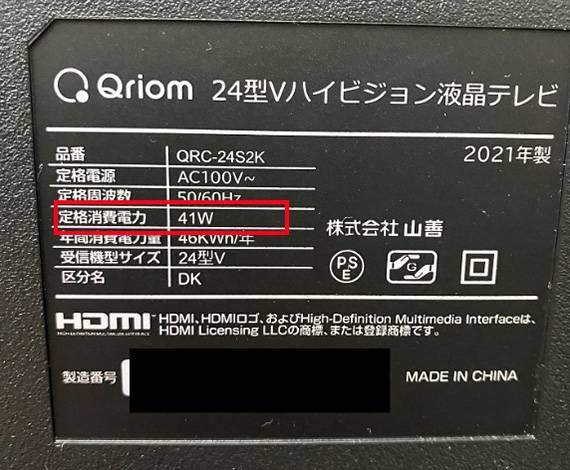
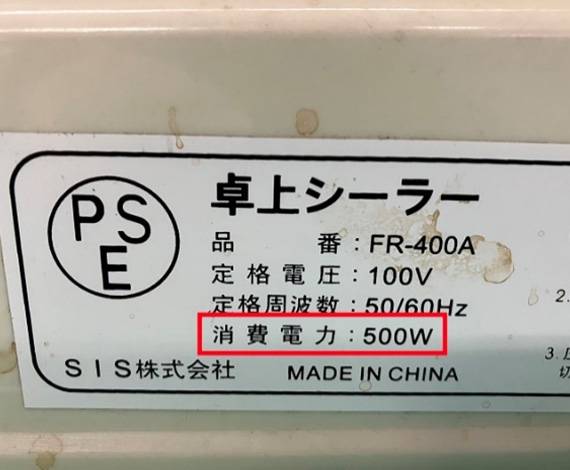
↑Power consumption rating on a device
The power consumption indicated on devices typically refers to the “active power in AC circuits.”
Even though it says “in AC circuits,” household wall outlets supply AC power.
Therefore, devices plugged directly into outlets are considered AC circuit devices.
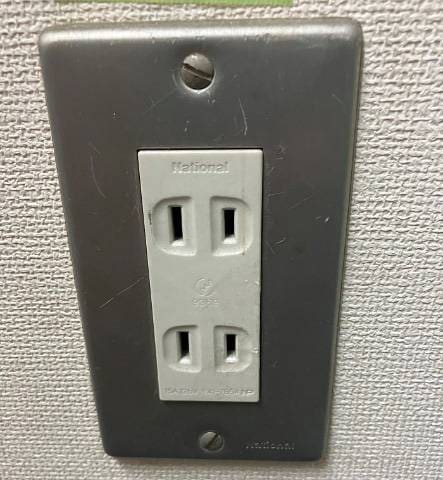
↑Representative AC power: Household wall outlet
As opposed to AC, there is also DC. Devices using DC power must always use an adapter. Some adapters output AC, but most output DC, which clearly indicates polarity in the output specifications.
Smartphones and laptops are examples of devices using DC power. They are designed to operate on DC power for lightweight, compact design and built-in battery operation.
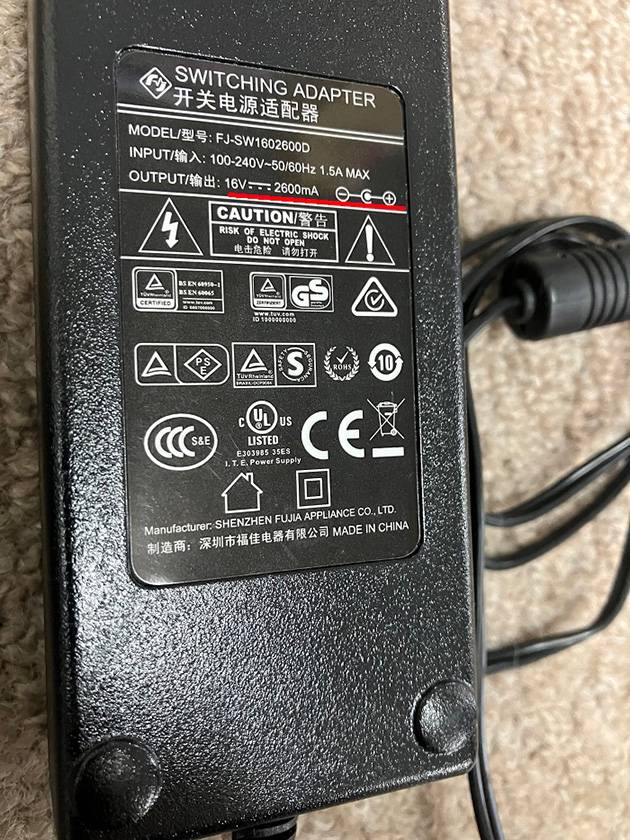
↑DC power source: DC adapter
So, what is active power?
Active power refers to the usable electrical power in a circuit (electrical circuit).
In DC circuits, all the power flowing through the circuit becomes ‘all’ active power.
In AC circuits, when coils and capacitors are involved, something called reactive power is generated. Therefore, active power becomes the difference minus the reactive power.
*The actual calculation formula is, “apparent power (total power) squared = active power squared + reactive power squared”, so here I’m explaining it in a simple way.
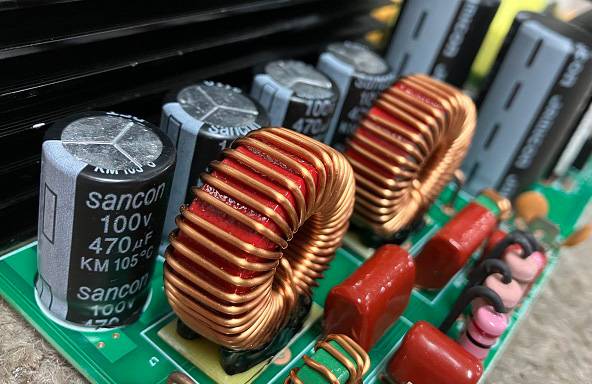
↑Coils and capacitors on the circuit
The reason why reactive power is generated is because coils and capacitors cause phase shifts in voltage or current in AC circuits.
At first glance, it may seem like excess power, but in reality, devices (circuits) cannot operate without elements like coils and capacitors, so they become essential elements.
Therefore, in AC circuits, reactive power inevitably occurs.
2. Checking Power Consumption
If the device has power consumption specified as in the picture shown in the beginning, refer to that.
If there is no indication on the device, first check if there is any information in the user manual or on the manufacturer’s website to obtain the most accurate information.
Some devices are also listed on support pages.
iMac power consumption and thermal output
If you cannot find information even after searching, you can use a rough estimate table for reference or measure it yourself.
Refer to the estimate table:
Chiba Prefecture Power Consumption of Home Appliances (in Japanese only)
When measuring it yourself, use a watt checker/monitor.
Basically, just place it between the outlet and the device, and it will automatically measure, so you can grasp a rough estimate.
Sanwa Supply Watt Monitor (in Japanese only)
In this way, understand the power consumption of the device and select a UPS.
3. UPS and Power Consumption
Each series of UPS also has something called the power factor (effective power rate) of the UPS unit.
In other words, what becomes the allowable power (W) of that UPS main unit is obtained by multiplying the capacity (VA) by the power factor. The total power consumption of the devices connected to the UPS must be within the allowable power of the UPS.
If the power consumption is within the allowable power range, the UPS can support equipment with power consumption within that allowable range during a power failure.
Even if the power consumption is within the allowable power range, laser printers and devices with motors (fans, circulators, hair dryers, refrigerators, etc.) cannot be used with a UPS.
Also, when connecting high inrush current devices (such as when turning on the power), be careful as they may momentarily exceed the allowable power range.
Finally, I’m going to introduce a list of UPS devices available for purchase at Sound House.
LX Series
■ CLASSIC PRO / UPS500LX Uninterruptible Power Supply
Capacity: 500VA Allowable Power: 300W
■ CLASSIC PRO / UPS1200LX Uninterruptible Power Supply
Capacity: 1200VA Allowable Power: 720W
PS Series
■ CLASSIC PRO / UPS1000PSII Uninterruptible Power Supply
Capacity: 1000VA Allowable Power: 800W
■ CLASSIC PRO / UPS2000PSII Uninterruptible Power Supply
Capacity: 2000VA Allowable Power: 1600W
RT Series
■ CLASSIC PRO / UPS1000RT Uninterruptible Power Supply
Capacity: 1000VA Allowable Power: 900W
Thank you for reading.






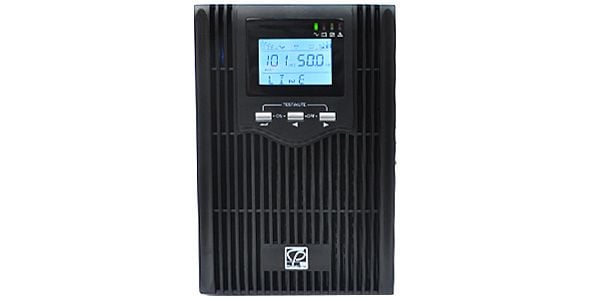
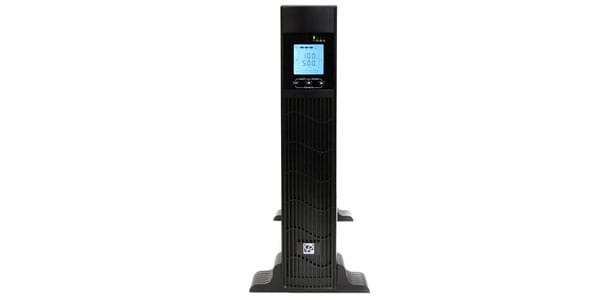
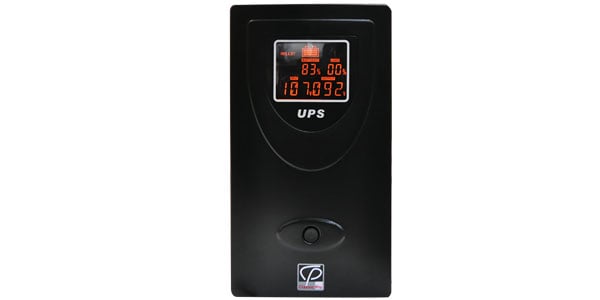
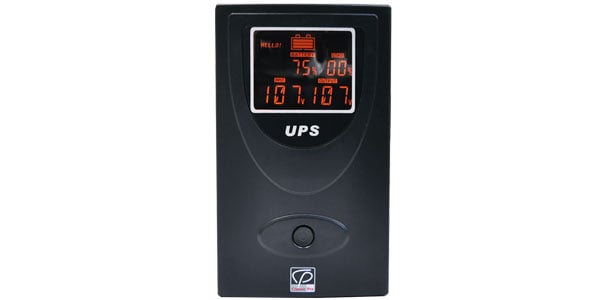
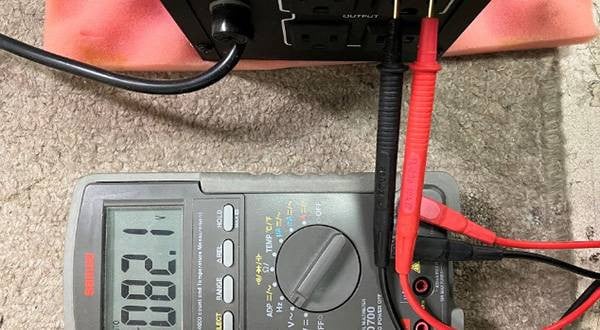
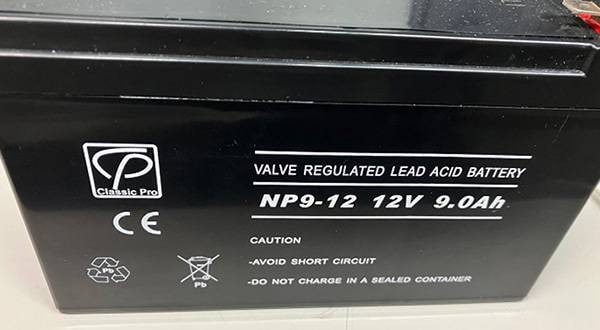
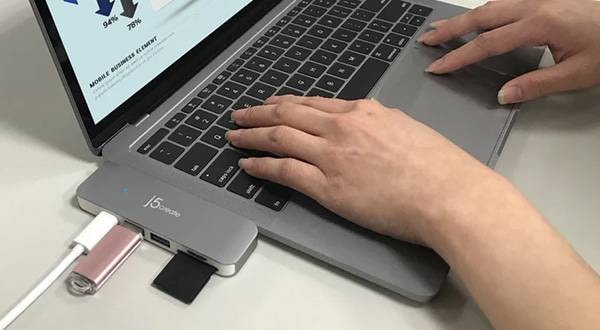


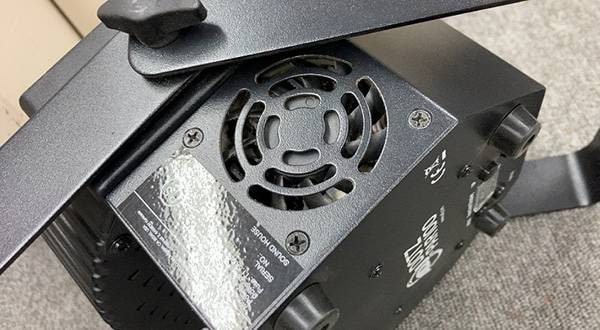
![[Latest for 2022] Simple Guide to Choosing a UPS](/contents/uploads/thumbs/2/2022/1/20220118_2_16206_1.jpg)
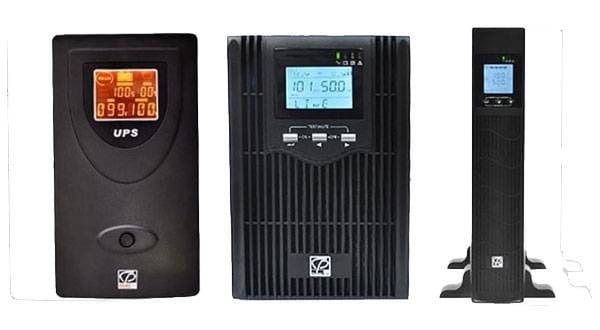
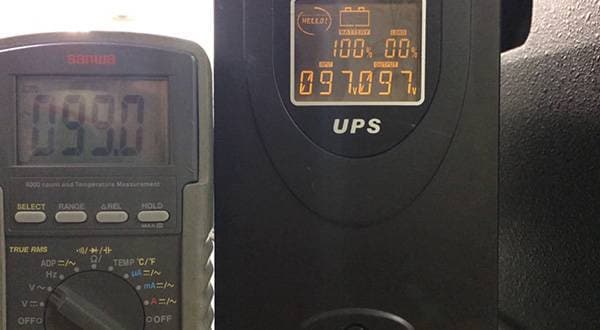
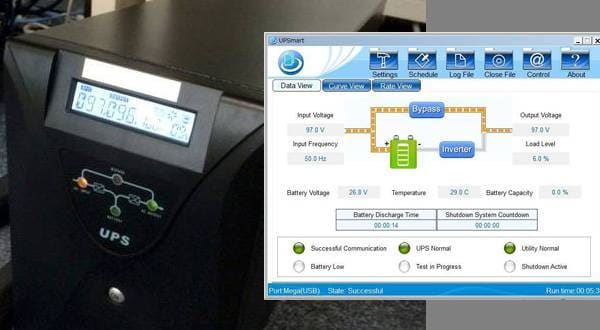
 CLASSIC PRO モニタースタンド特集
CLASSIC PRO モニタースタンド特集
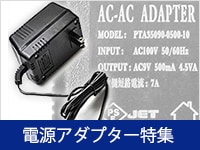 電源アダプター特集
電源アダプター特集
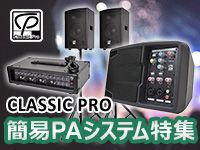 CLASSIC PRO 簡易PAシステム特集
CLASSIC PRO 簡易PAシステム特集
 CLASSIC PRO
CLASSIC PRO
 停電時にパソコン、作曲データを守る!!
停電時にパソコン、作曲データを守る!!
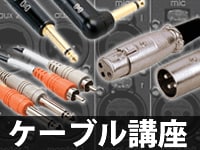 虎の巻 ケーブル講座
虎の巻 ケーブル講座















